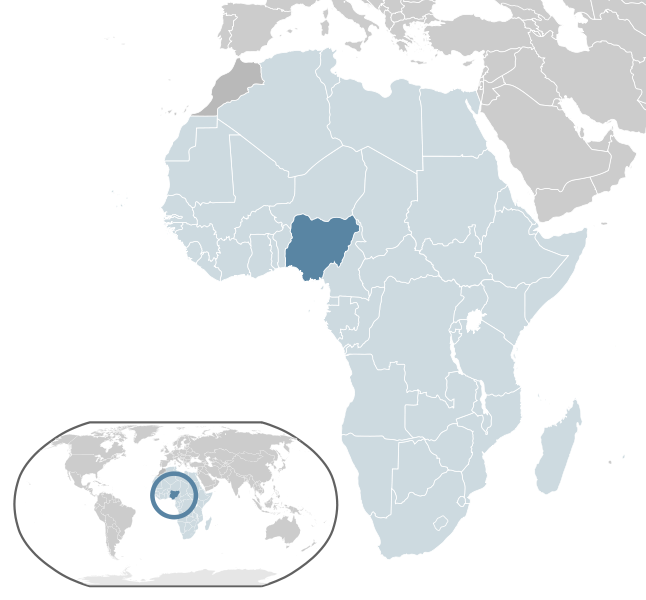The Nigeria Centre for Disease (NCDC) announced that 101 deaths have been reported since August out of the 175 confirmed and suspected cases.

The most recent “flare-up” has been reported in the capital city of Abuja. To date, 19 (including Abuja) states are currently following up contacts, or have suspected cases with laboratory results pending or laboratory confirmed cases,” taccording to the NCDC.
Last year, 12 people died in Nigeria out of 375 infected, while in 2012 there were 1,723 cases and 112 deaths, according to the NCDC.
The number of Lassa fever infections across West Africa every year is between 100,000 to 300,000, with about 5,000 deaths, according to the US Centers for Disease Control and Prevention.
Though first described in the 1950s, the virus causing Lassa disease was not identified until 1969. The virus is a single-stranded RNA virus belonging to the virus family Arenaviridae.
About 80% of people who become infected with Lassa virus have no symptoms. One in five infections result in severe disease, where the virus affects several organs such as the liver, spleen and kidneys.
Lassa fever is a zoonotic disease, meaning that humans become infected from contact with infected animals. The animal reservoir, or host, of Lassa virus is a rodent of the genus Mastomys, commonly known as the “multimammate rat.” Mastomys rats infected with Lassa virus do not become ill, but they can shed the virus in their urine and faeces.
Because the clinical course of the disease is so variable, detection of the disease in affected patients has been difficult. However, when presence of the disease is confirmed in a community, prompt isolation of affected patients, good infection protection and control practices and rigorous contact tracing can stop outbreaks.
In a follow-up to the Lassa situation in neighboring Benin, 25 suspected cases including 12 deaths were recorded in the country, an official of the Ministry of Health reported today, according to local media (computer translated).
The Lassa fever epidemic, announced earlier this week in Benin, was previously contained in the commune of Tchaourou, 350 km north of Cotonou.
Since then, a case was detected in Parakou in the north and one fatal case was recorded in Porto-Novo, the capital, in the south, Dr. Orou Bagou Yarou Chabi, national director of the Beninese Ministry Health, told AFP. He spoke of the situation as “worrying”.
Related:


3 thoughts on “Nigeria: Lassa fever deaths top 100, Benin death toll now 12”